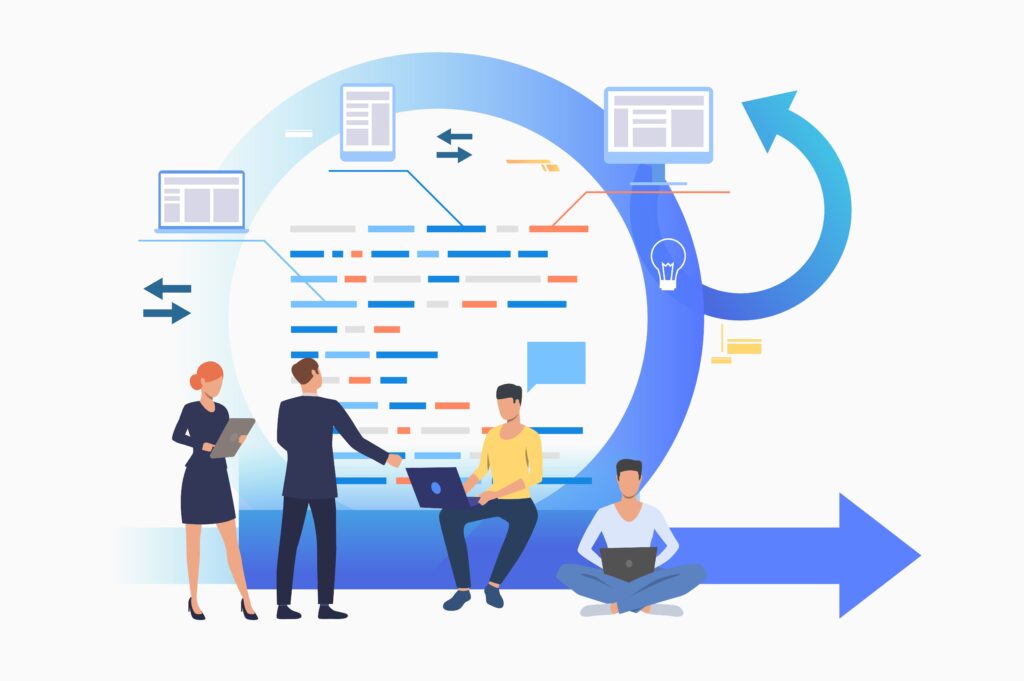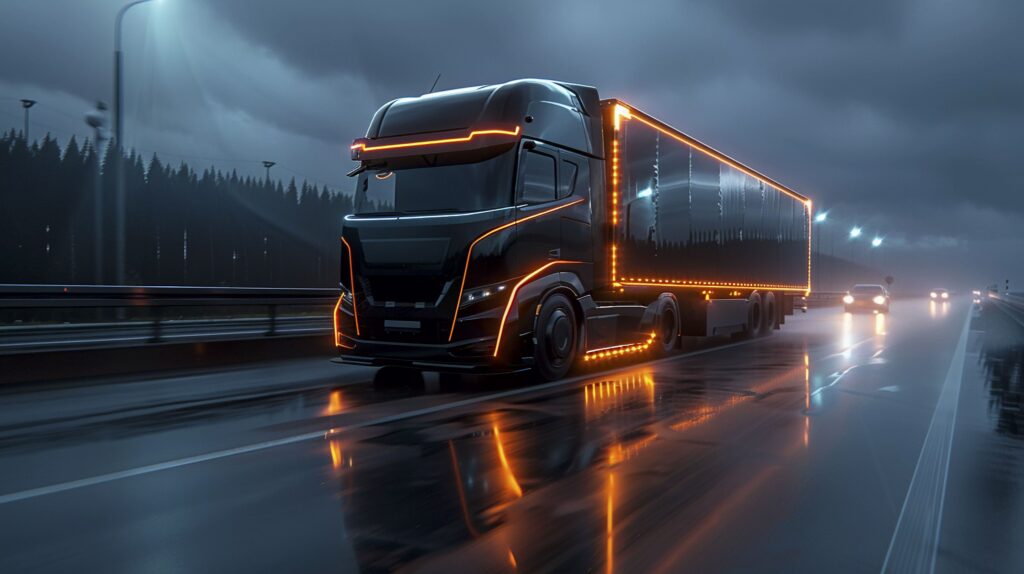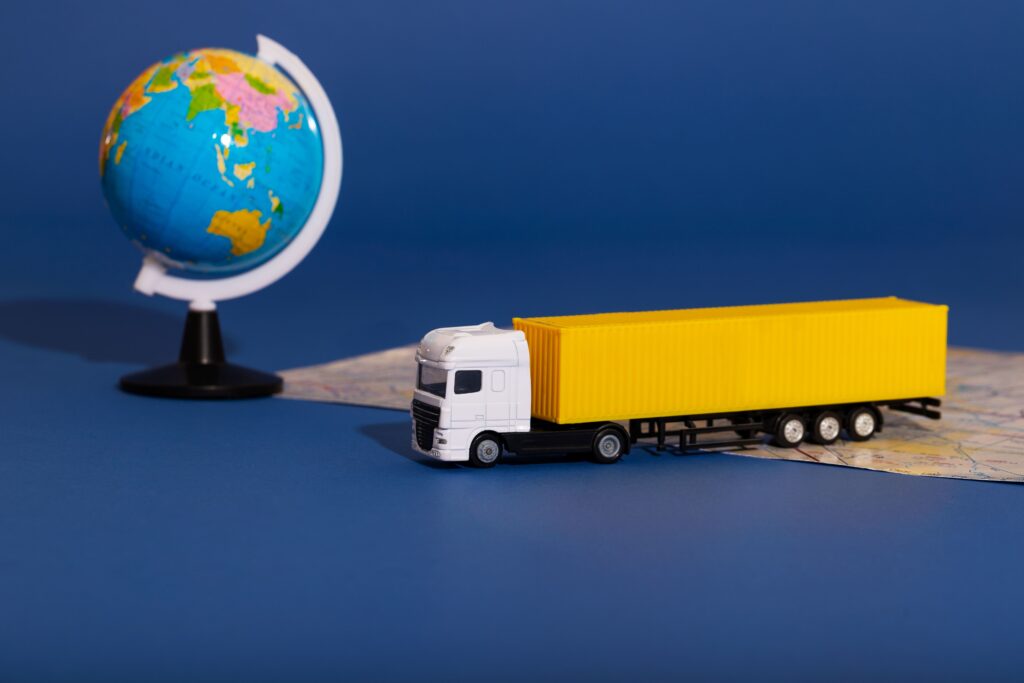Regional carriers are stepping forward as a central force in the rapidly changing logistics scenario. With the onset of 2025, these carriers are poised to change local goods delivery in an impactful way with increased emphasis on speed, cost-saving, last-mile delivery growth, and tech-driven solutions. In the face of increasing consumer demands and corporate attention to efficiency, regional carriers are becoming more integral than before. Let’s take a look at the trends that are defining the industry in 2025 and how MetroMax BPM Services aligns with these developments.
Understanding Regional Carriers And Their Growing Importance In 2025
Regional carriers are delivery specialists that serve within a particular geographic area and specialise in last-mile delivery. While national delivery behemoths like FedEx and UPS deal in broad geographic sweeps, these carriers provide a more personal and localised experience.
Why are regional carriers becoming increasingly relevant in the modern logistics environment?
- Smoother Delivery: By concentrating on a particular geographic area, regional carriers can provide faster turnaround time.
- Cost-Effectiveness: With fewer distances to cover, regional carriers often provide more affordable rates for smaller shipments.
- Tailored Service: They cater specifically to local needs, offering flexible options and personalised customer service.
- Flexibility: Unlike larger carriers, regional carriers are more agile and can easily adapt to changing demands.
Now that we’ve laid the base, let’s unveil the most significant 2025 trends driving this growth.
Top 10 Key Trends Shaping Regional Carriers in 2025
As 2025 progresses, regional carriers will leverage emerging technologies to satisfy the increasing need for faster, less expensive, and more secure deliveries. These are the most significant trends in this area:
1. AI-Based Route Optimisation
In 2025, the application of AI will transform the way regional carriers optimise delivery routes. AI will:
- Determine the quickest and most efficient routes, taking into account real-time traffic and weather conditions.
- Support carriers in lowering fuel utilisation and operating prices by taking more direct routes.
- Enhance delivery reliability, allowing customers to receive their orders within shorter time frames.
2. Expansion of Electric Vehicle Fleets
Regional carriers, as part of their eco-conscious efforts, are welcoming electric vehicles (EVS) into their fleets. EVS will assist:
- Lower emissions and operational expenses in the long run.
- Provide a competitive advantage in a market that prefers green logistics solutions.
- Support regions and cities with emission reduction targets.
3. Same-Day and Next-Day Delivery
With changing consumer demands towards quicker shipping, regional carriers are increasing their same-day and next-day delivery services. This expansion is facilitated by:
- A more localised network of delivery centres.
- Improved inventory management and fulfilment solutions.
- Simplified systems that enhance speed without sacrificing cost-effectiveness.
4. Real-Time Tracking and Iot
The Internet of Things (Iot) is making it possible for regional carriers to provide an improved customer experience through real-time tracking. Iot will:
- Allow customers to track their deliveries from the starting point to the end.
- Enable carriers to track the performance of their fleets in real-time.
- Enable insights into opportunities for operational improvement, including fuel efficiency and vehicle maintenance.
5. Sustainability Focus
Sustainability is becoming a pillar of the logistics business, and regional carriers are not different. Major sustainable practices include:
- Elevating delivery routes for decreasing emissions and fuel utilisation.
- Utilising recyclable packaging and encouraging waste reduction.
- Buying green fleets with electric-powered vehicles.
- AI-enabled solutions will also enable regional carriers to further optimise their fleets, reducing energy consumption and expenses.
6. Autonomous Delivery Solutions
Autonomous delivery trucks, like drones and autonomous vans, are revolutionising how deliveries are made. In 2025, regional carriers will:
- Prefer autonomous automobiles for last-mile delivery, minimising worker costs.
- Accelerate the delivery process while ensuring cost-effectiveness.
- Increase operational efficiency by automating regular work using machines.
7. Using Big Data to Optimise Logistics
Big data will play an even more important role for regional carriers in 2025. The power of big data analysis will:
- Make demand forecasting more accurate.
- Facilitate improved management of delivery assets, from fleets to human resources.
- Enable regional carriers to better understand customer preferences, resulting in better service.
8. Blockchain for Supply Chain Transparency
Logistics relies on transparency, and blockchain technology will be instrumental in transforming regional carriers’ business by:
- Securing shipments end-to-end along the supply chain.
- Facilitating quicker, tamper-proof transactions.
- Offering real-time tracking for consumers regarding the position of their order delivery.
9. Increased Last-Mile Delivery Solutions
The last-mile delivery problem has compelled regional carriers to think outside the box and develop innovative solutions such as:
- Automated parcel lockers for customers to collect packages at their convenience.
- Strategic deployment of delivery hubs to reduce time and distance.
- Incorporation of robotics/drones to achieve rapid and more swift deliveries.
10. Labour Shortages and Automation
In light of the continuing labour shortage, regional carriers will embrace more automation solutions. Automated systems will:
- Execute routine activities like sorting and packaging.
- Enhance the efficiency of logistics operations by minimising human error.
- Enable workers to dedicate more time to more complex tasks that involve decision-making and problem-solving.
Planning to streamline your logistics operations with the latest technology? Let MetroMax BPM Services assist you with AI-driven route planning, sustainability programs, and more. Get in touch with MetroMax BPM to explore how we can optimise your delivery services.
What Is The Role Of AI In Regional Carriers’ Future?
Artificial Intelligence (AI) is a prime driving force of innovation for the logistics sector. For regional carriers, AI will:
- Improve route navigation by incorporating real-time traffic updates, weather predictions, and road conditions, leading to faster and cheaper deliveries.
- Forecast when the vehicles require maintenance, avoiding surprise breakdowns and streamlining fleet management.
- Enhance customer service with chatbots and virtual assistants that respond to queries and monitor packages in real-time.
- Utilise historical data to predict demand and make necessary adjustments, providing more precise and efficient logistics.
- Regional carriers will also save on operational costs with AI, as back-office processes such as tracking inventory and processing orders will be automated.
Are Regional Carriers Replacing National Carriers?
Though regional carriers are making great progress, they are not completely replacing national carriers. They are, rather, filling in gaps in the logistics scene.
Here’s how regional carriers are supplementing national carriers:
| Factor | National Carriers | Regional Carriers |
|---|---|---|
| Delivery Speed | Slower for local shipments | Faster, flexible delivery options for local areas |
| Cost Efficiency | Higher costs for local deliveries | Lower costs for last-mile delivery and local services |
| Customer Service | Standard, less flexible services | Personalised services customised to local markets |
| Technology Integration | Advanced, though constrained for regional deliveries | Lighter, AI-driven tracking and route optimisation |
| Sustainability | Slow uptake of green fleets | Increased emphasis on electric vehicles and environmentally friendly operations |
Regional carriers in all sorts of ways are supplementing national carriers through faster and more adaptable solutions to regional deliveries, while national carriers retain the large-scale logistics.
The Future Of Regional Carriers: A Look Ahead To 2025 And Beyond
In looking ahead to 2025, regional carriers are set to expand their role in the logistics sector even more. Watch for:
- AI and automation to change the face of route planning, maintenance, and customer service.
- Electric vehicles are becoming a common element of regional carriers’ fleets, keeping with sustainability trends.
- National and regional carriers are forming alliances to build an integrated delivery system that provides speedier and more reliable service across all regions.
How MetroMax BPM Services Supports Regional Carriers In 2025
At MetroMax BPM Services, we give you the support you require to remain competitive in this fast-paced environment. Our solutions are aimed at:
- Optimising routes through AI for rapid deliveries and minimised costs.
- Fleet management software to guarantee vehicle performance and efficiency.
- Sustainability solutions to assist you in embracing green practices, such as electric vehicles and environmentally friendly packaging.
- Full-scale back-office solutions, from HR to accounting, so that you can concentrate on building your business.
Allow MetroMax BPM Services to take you through the ups and downs of 2025. Schedule a no-charge consultation to understand how we can improve your logistics.
Final Comments
As the logistics sector keeps on developing, regional carriers are taking on a bigger role in last-mile delivery. By adopting AI, electric cars, and eco-friendly practices, they’re providing quicker, cheaper solutions. With assistance from MetroMax BPM Services, these carriers are perfectly poised to succeed in the dynamic logistics environment.














